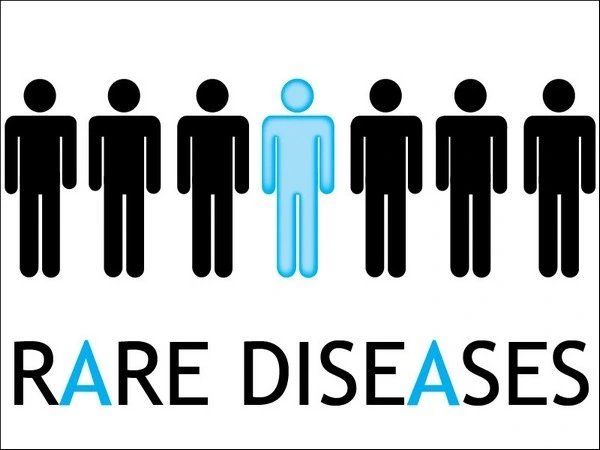ISLAMABAD, NOV 6 (ABC): People with rare diseases frequently wait years for a proper diagnosis, have to travel long distances for specialty care and face high out-of-pocket health care expenses, a recent Oregon State University study found.
This combination of challenges in accessing appropriate medical care leads to poor health-related quality of life, low patient satisfaction and high levels of anxiety, depression and stigma, the study concluded.
A major factor in addressing these challenges is the ongoing education of medical professionals, said Kathleen Bogart, one of the lead authors and an associate professor of psychology at OSU.
“A really important area of intervention is ensuring that health care providers have a general knowledge of rare diseases,” Bogart said. “We’re not expecting them to know all 7,000 of them, but we’re expecting them to know some of what the clues are that you’re not dealing with a prevalent condition or a condition that’s easily diagnosed.”
If a doctor sees a patient who has been seeking a diagnosis for years with no success, that ought to trigger a different approach, she said — rather than the doctor sending the patient home with the conclusion that nothing can be done to help them.
According to the National Institutes of Health, a disease qualifies as “rare” if there are fewer than 200,000 cases of it in the U.S. The NIH lists approximately 7,000 diseases that meet this qualification, and though each disease is rare on its own, in total they affect approximately 1 in 10 Americans.
For the study, researchers surveyed 1,128 patients with rare diseases and parents of children with rare diseases from across the country. Participants answered questions about their process of receiving a diagnosis, how informed they felt their medical providers were, their own knowledge about their disease, their insurance coverage, whether they felt adequately supported in their daily lives and what kind of stigma they experienced.
Researchers also included a questionnaire to assess patients’ health-related quality of life, asking about physical function, fatigue, depression, anxiety, sleep, pain and ability to participate in daily activities.
Time between onset of symptoms and diagnosis was one of the most striking results: 16% of people waited 10 or more years to get an accurate diagnosis, while 17% waited between four and nine years.
Participants also reported having to see multiple providers to secure that diagnosis: 38% saw two or three providers, 24% saw four or five providers and 5% saw more than 15 providers before being diagnosed. Nearly half reported traveling more than 60 miles to receive care for their rare disease.
Patients generally had much lower ratings for their initial provider than for the provider who was able to correctly diagnose them, often reporting that they didn’t feel their initial provider was willing to research different possible diseases or to ask other providers for help in diagnosing.

